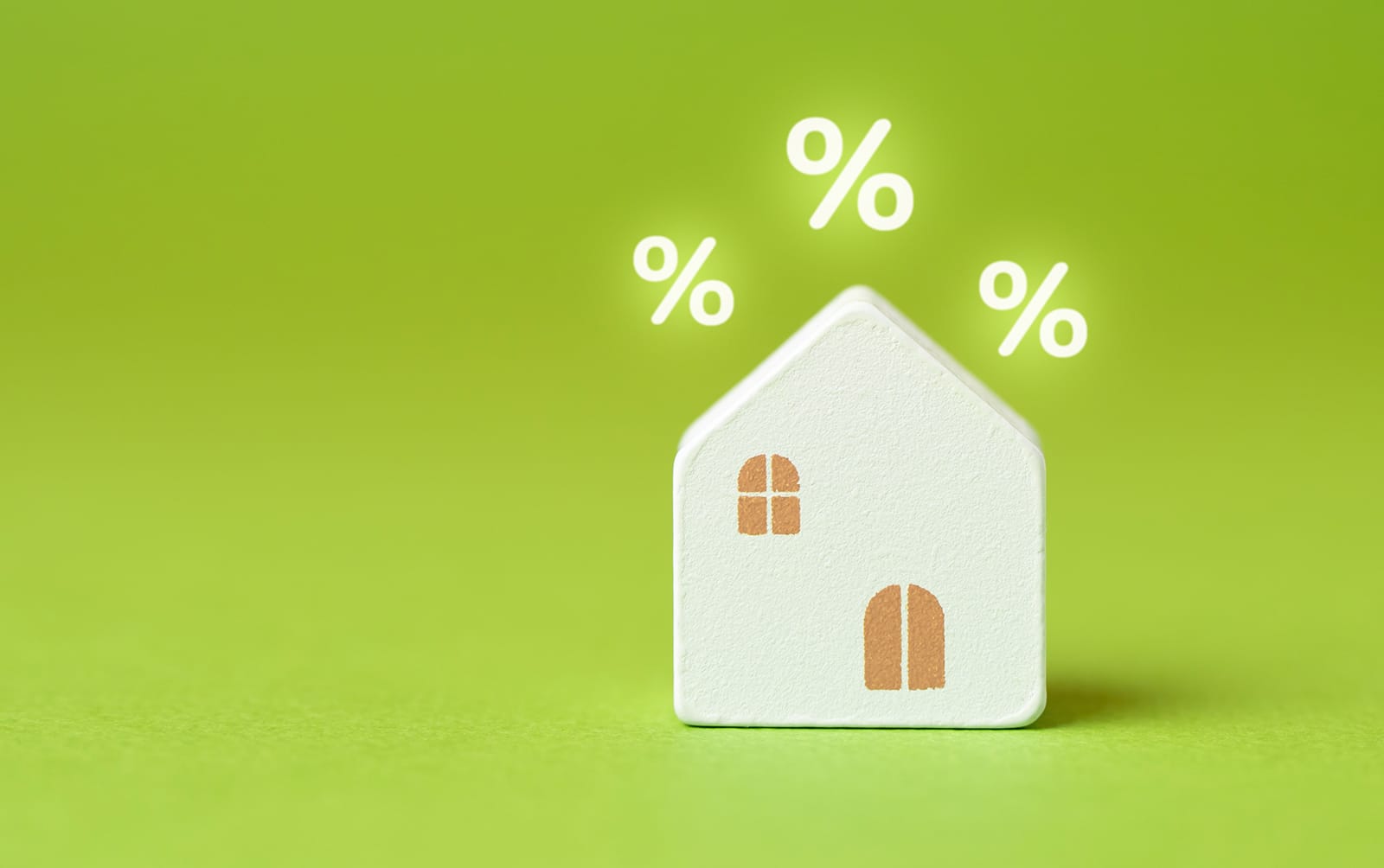Capital
Recently-Acquired Firms Better Hit Their Growth Plans, Or Else
The Big Wait: As the Fed maintains a cautious approach toward an eventual pivot on interest rates, homebuilders deal with a seasonal slowdown and an indefinite timeline to the endurance test of stalled demand.

The wait for the Federal Reserve to loosen its grip and lower its barriers to access to capital continues.
[Federal Reserve Chairman Jerome Powell] maintained his circumspect approach toward lowering rates, which suggested a rate cut at the central bank’s meeting later this month remains unlikely. Fed officials are especially wary of cutting too soon after surprisingly hot price increases greeted them at the beginning of the year. 'We want to be more confident that inflation is moving sustainably down,” Powell said. “We want to understand that the levels that we’re seeing are a true reading on what is actually happening with underlying inflation.'” – Wall Street Journal
The wait for the Federal Reserve to make a decision – more painful now that once-motivated new home seekers have taken to the sidelines – is now an endurance test, starkly contrasting with better-than-expected dynamics in the housing market right up through the first quarter of 2024.
The wait — for smaller, privately held, and capitalized homebuilding operators vs. large enterprises whose debt costs less and matures later — is a significant challenge. This situation advantages the mega players and handicaps private operators for whom agility, nimbleness, and decisive land tactics require money in hand.
The wait's consequences – business contingency plans, staff actions, delayed production, and a vicious circle of cutting expenses, i.e., marketing, on a faster trajectory than their revenue declines – are playing out as Summer begins.
In one case, we hear of a particularly heart-wrenching example of a direct effect of the wait.
A former founder and principal owner of a firm we know who sold in the past year with the promise of access – as a division president – to the buyer's deeper financial resources missed his growth numbers in the past two quarters, so you know what? He got his walking papers as part of a cost action. Pretty harsh."
The wait exposes resources – land, talent, and consumer marketing – to the vagaries of balance sheet management.
If we get even one interest rate cut this year from the Fed, I bet you'll see demand come roaring back," the principal/president of a privately held regional enterprise tells us today. "We're doing just enough new business to keep out of the red, but we sure could use an interest rate pivot sooner than later."
If you haven't read this timely analysis – The U.S. Real Estate Market In Charts – from A Wealth of Common Sense host Ben Carlson, check it out. It helps explain the growing white-knuckle dilemma operators such as the one we've been speaking with feel in this indefinite limbo.
Higher mortgage rates have slowed the craziness of the pandemic housing market. But this is also setting us up for more problems down the road since it’s slowing new construction from homebuilders.
Lower mortgage rates would provide relief to borrowers and incentivize more building but it could also lead to increased demand in an already supply-constrained market.
We won’t be in this situation forever because something unexpected always happens eventually, but for now, we’re in a damned-if-you-do, damned-if-you-don’t housing market."
MORE IN Capital
United Homes Group’s Board Crisis In Compliance Countdown
United Homes Group is running out of time to rebuild a functioning board and avoid a Nasdaq compliance breach. CEO Jack Micenko says day-to-day operations continue, but governance uncertainty and market headwinds now threaten the company’s stability.
As Builders Face Bank Fatigue, New Financing Paths Emerge
Lending conditions have tightened for 14 straight quarters. A new era of private construction finance is taking shape — faster, leaner, more relationship-driven.
Hunt Companies Buys View Homes Amid M&A Wave
The early-October deal signals a growing M&A presence of patient capital platforms -- some of them global asset managers --backing operators as capital pressure mounts on private builders in a long-term bright-future backdrop for U.S. residential development.
